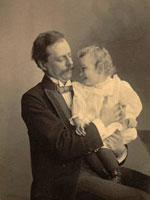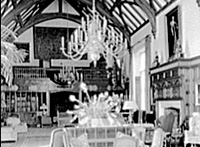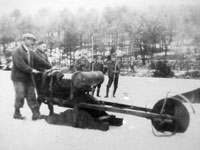President Lincoln's Cottage at the Soldiers' Home [DC]
Located in Washington, DC, the Cottage served as the summer home of President Lincoln and his family during the Civil War. The Lincolns lived in the cottage between June and November of 1862, 1863, and 1864. Beginning in 1851 the campus surrounding the structure was used as a home for disabled veterans, and it continues to serve that purpose.
The cottage offers a visitor center with exhibits, guided tours, and educational programs. Educational programs include interactive tours for K-12 students, off-site programs for 6th -12th-grade students, and on-site professional development workshops for educators. Pre- and post-visit activities are offered online for all student tours. Off-site program topics include Lincoln's commute and the controversy and debate surrounding emancipation.
Note that school tours require at least three weeks advance notice.


